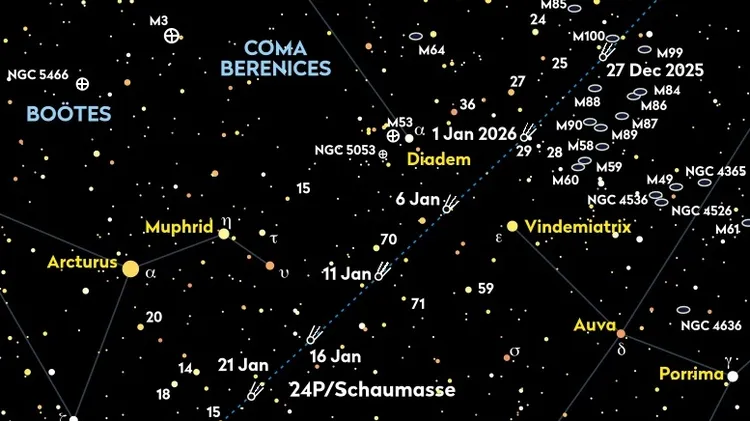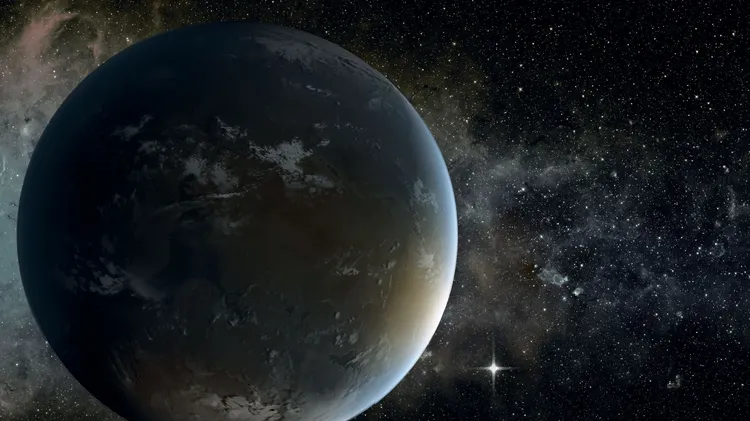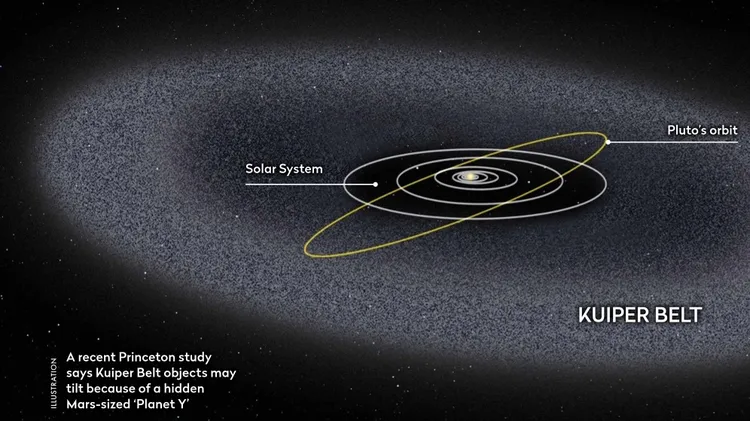Jupiter’s beautiful stripes move and morph
Solving the mystery of jupiter’s shifting belts
9 min read
This article is from...
Read this article and 8000+ more magazines and newspapers on Readly






